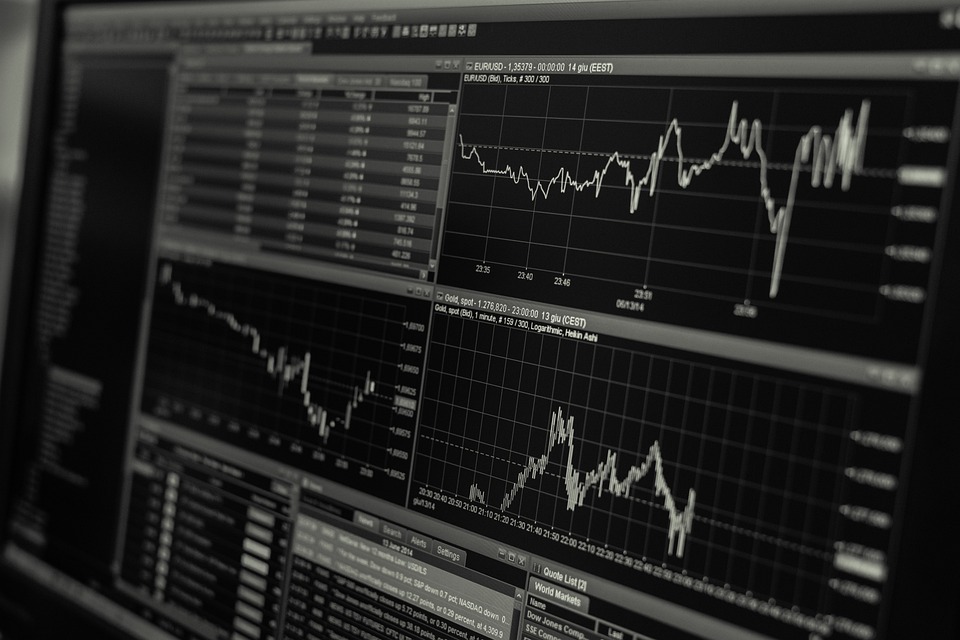US Inflation Rate, Recession Fears Vs. Growth, Jobs Strength

Image source: Pixabay
The US economy is at a defining moment, hanging between high inflation rates and recession fears versus a return to productivity growth and strength in the jobs market. As the world’s largest economy surges after the pandemic, which trend will prevail through to the end of the year?
Recession fears
Gross Domestic Product (GDP) rose to 2.6 percent in the third quarter, drawing the US economy out of a technical recession in the first two quarters of the year. Some of this growth can be attributed to the strength in the employment market. As the pandemic recedes gradually into the past, employment activity is naturally rebounding, but there are still fears over a possible recession, according to a recent survey by the Federal Reserve.
The October 2022 Senior Loan Officer Opinion Survey on Bank Lending Practices (SLOOS) reveals that most banks believe there’s a probability of greater or equal to 40 percent that a mild to moderate recession would occur in the next 12 months.
Speaking to the trend of rising interest rates and credit restrictions, there were tighter loan standards and weaker demand for commercial and industrial loans to businesses and commercial real estate in the third quarter, according to the survey.
October inflation reading
This is the background as the trading and investing markets head toward the US inflation report for October on Thursday, November 10. Year-on-year, the inflation rate was previously at the level of 8.2 percent and market consensus expects this will fall to 8 percent.
Core inflation is the metric that counts the most for the Federal Reserve. Previously at the level of 6.6 percent, the consensus anticipates a drop to 6.5 percent in October on an annual basis. If this is not the case and inflation has risen instead, there may be an impact on the US Dollar currency pairs as market participants price in a higher probability of another large increase in interest rate guidance from the Federal Reserve.
UK economic growth, impact on Sterling
With each interest rate increase, the USD rises against other currencies. On the watch list is another red-flagged trading event that may affect the GBP’s relationship with the USD: the UK’s preliminary growth rate report for the third quarter.
On an annual basis, GDP is expected to have fallen to 2.1 percent in Q3 from 4.4 percent previously.
The monthly report is expected to show GDP shrinking by minus 0.4 percent in September compared with minus 0.3 percent in August.
On a quarterly basis, GDP is expected to have fallen to minus 0.5 percent in the third quarter compared with 0.2 percent in the second quarter. If this is confirmed in the report on Friday, November 11, it puts the UK economy one step closer to a technical recession and the GBP could weaken further. If the results are better than expected, this might support the UK’s currency.
More By This Author:
Oil Prices Climb Ahead Of Fed AnnouncementSpotlight On US GDP Growth Rate, BoJ Interest Rate Decision
GBP Faces Heavyweight USD Amid New Inflation Data
Disclaimer: This material does not contain and should not be construed as containing investment advice, investment recommendations, an offer of or solicitation for any transactions in financial ...
more


